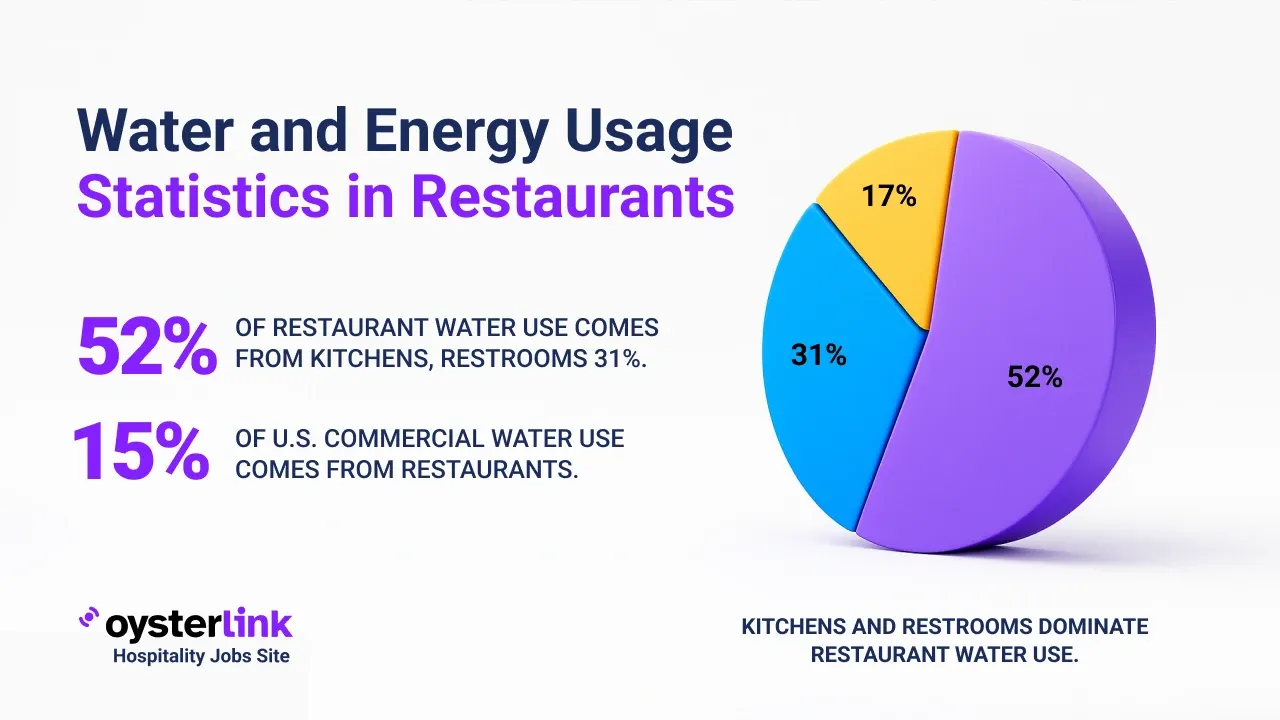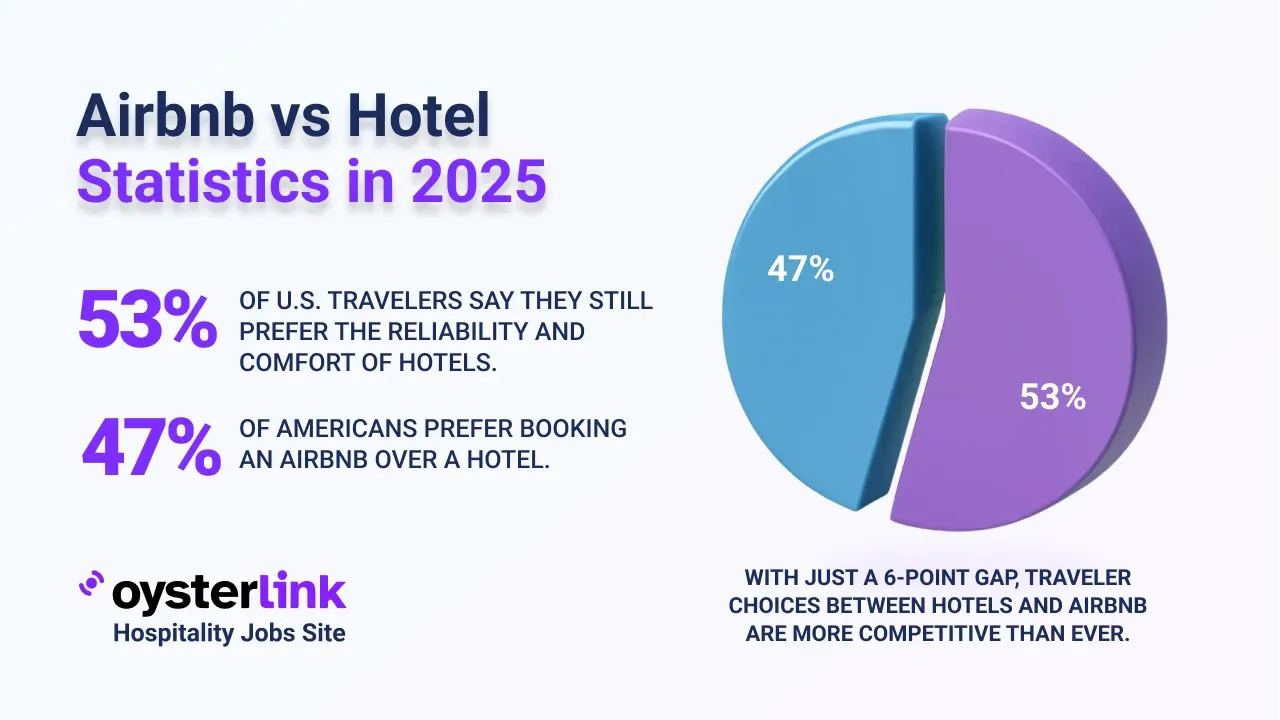Oklahoma City/Oklahoma Cost of Living: Quick Takeaways
- Housing Costs: The average rent for a one-bedroom apartment in Oklahoma City has increased from $600 in 2010 to about $900 in 2025.
- Transportation Expenses: Public transit fares are affordable, with a one-way ticket costing $1.50 and monthly passes at $40.
- Healthcare Costs: Employer-sponsored health insurance averages around $150 monthly, with silver plans at $600 per month.
- Income Levels: The median household income is projected to be $70,000 in 2025.
Oklahoma City offers an affordable living environment compared to many U.S. cities, particularly in housing and transportation.
For hospitality employers, understanding local cost of living is important to set competitive wages; insights on hospitality salary trends can help in this context.
This article provides a detailed breakdown of the various costs associated with living in Oklahoma City in 2025.
1. Housing Costs in Oklahoma City/OK
Housing expenses remain one of the most significant factors affecting cost of living in Oklahoma City. Historical rent prices for a one-bedroom apartment include:
- 2010: $600
- 2015: $700
- 2020: $800
- 2024: $896
- 2025: $900
Rent has grown steadily over the past 15 years but remains quite reasonable relative to many other metro areas in the U.S.
2. Homeownership and Real Estate Trends in Oklahoma City/OK
The home buying market in Oklahoma City has seen appreciable growth over recent years:
- 2010: Median home price was approximately $150,000
- 2015: Rose to $180,000
- 2020: Increased to $220,000
- 2024: Reached $312,103
- 2025: Expected to be around $320,395
The steady increase in home prices reflects market confidence and economic development in the area.
For industry professionals interested in real estate market trends affecting hospitality properties, see the hospitality real estate market trends spotlight.
3. Transportation Expenses in Oklahoma City/OK
Transportation infrastructure includes vehicular travel and public transit with costs as follows:
- Public Transit One-way Fare: $1.50
- Monthly Transit Pass: $40.00
- Fuel Cost Per Gallon: $3.08
- Annual Vehicle Maintenance: $1,200
Public transportation remains a budget-friendly option supplemented by relatively low fuel costs compared to other regions.
4. Utility Costs in Oklahoma City/OK
Typical monthly utility bills for electricity and internet are:
- Electricity: $160.00
- Internet: $60.00
- Total Utilities: Approximately $220 monthly
These utility costs reflect moderate consumption patterns common in Oklahoma City's climate and lifestyle.
5. Grocery and Food Expenses in Oklahoma City/OK
Oklahoma City residents spend roughly:
- Monthly Groceries: $300 per person
- Dining Out: Casual meals average $15, while mid-range meals cost around $50
Food expenses here are generally slightly below the national averages, making it affordable for families and individuals alike.
For restaurant owners looking to optimize operations and staff costs in such markets, check out our guide to hiring restaurant staff fast.
6. Healthcare Costs in Oklahoma City/OK
Healthcare costs include:
- Employer-Sponsored Monthly Insurance: $150
- Silver Health Plan Monthly Premium: $600
These figures represent reasonable healthcare expenses relative to many other U.S. metro areas.
7. Educational Expenses in Oklahoma City/OK
Educational costs vary depending on the type of institution:
- Public Schools: No direct tuition cost
- Private School Tuition: Approximately $10,000 annually
- In-State University Tuition: Around $8,000 per year
Oklahoma City offers accessible options across public, private and higher education sectors.
8. Entertainment and Leisure in Oklahoma City/OK
Typical costs include:
- Movie Ticket: $12
- Gym Membership: $30 monthly
- Mid-Range Restaurant Meal: $40
- Annual Entertainment: $2,000
- Personal Care Services Annual: $600
Leisure spending factors strongly into overall quality of life and remain affordable here.
9. Taxes and Miscellaneous Fees in Oklahoma City/OK
Local tax rates comprise:
- State Income Tax: Ranges from 0.5% to 5%
- Sales Tax: 8.625%
- Property Tax: Approximately 1.06%
Understanding these tax obligations is important for financial planning in Oklahoma City.
10. Childcare and Family Expenses in Oklahoma City/OK
Family-related costs include:
- Daycare Monthly Cost: $800
- After-School Programs: $300 monthly
- Extracurricular Activities: $100 monthly
These expenses represent a significant part of household budgets for families with children.
11. Clothing and Personal Care in Oklahoma City/OK
Monthly costs are estimated at:
- Clothing: $100
- Personal Care Products and Services: $50
These figures align with a moderate cost of living and reasonable discretionary spending.
12. Insurance Costs in Oklahoma City/OK
Insurance premiums for residents typically amount to:
- Health Insurance Monthly Premium: $600
- Auto Insurance Annual: $1,200
- Homeowners Insurance Annual: $1,500
- Renters Insurance Annual: $200
Insurance coverage provides essential protection but adds to the overall living costs.
Restaurant owners and managers can find useful advice on managing insurance costs in our spotlight on restaurant insurance cost.
13. Miscellaneous Expenses in Oklahoma City/OK
Annual personal spending includes:
- Entertainment: $2,000
- Personal Care Services: $600
- Miscellaneous Goods and Services: $700
These variable expenses reflect lifestyle choices and discretionary income.
14. Income and Salaries in Oklahoma City/OK
Median household income is steadily rising:
- 2010: $45,000
- 2015: $50,000
- 2020: $55,000
- 2023: $66,702
- 2025: $70,000
The increasing income levels help offset the rising costs of housing and other essentials.
If you are hiring hospitality staff in Oklahoma City, consider reviewing our guide on how to hire servers effectively to attract talent with competitive compensation based on local income data.
15. Comparison with National Averages in Oklahoma City/OK
Compared to national averages, Oklahoma City remains quite affordable:
- Overall Cost of Living: About 18% lower than the national average
- Housing Costs: Significantly 40% below national averages
- Utilities: Slightly 3% lower
- Food Costs: Approximately 5% less
- Healthcare: Slightly 4% higher
- Transportation: About 9% less
- Goods and Services: Around 14% lower
This affordability makes Oklahoma City attractive for both residents and newcomers alike.
Our Methodology for Oklahoma City/OK Cost of Living Figures
Our data is sourced from reputable organizations such as Numbeo, the U.S. Bureau of Labor Statistics, Zillow, and local government statistics. Where exact details were unavailable, estimates were carefully derived to accurately reflect Oklahoma City's cost of living in 2025.
Oklahoma City/Oklahoma Cost of Living: Conclusion
Oklahoma City's cost of living offers an affordable option compared to many metropolitan areas, especially notable in housing and transportation costs.
While healthcare costs are slightly above national averages, the overall affordability and steady income growth provide a favorable financial balance for residents.
This comprehensive breakdown equips potential movers, residents, and planners in understanding and managing expenses for life in Oklahoma City in 2025.
For those considering hospitality careers or hiring in the area, learn more about the current restaurant labor shortage and strategies to manage it effectively.

.webp)
.webp)

